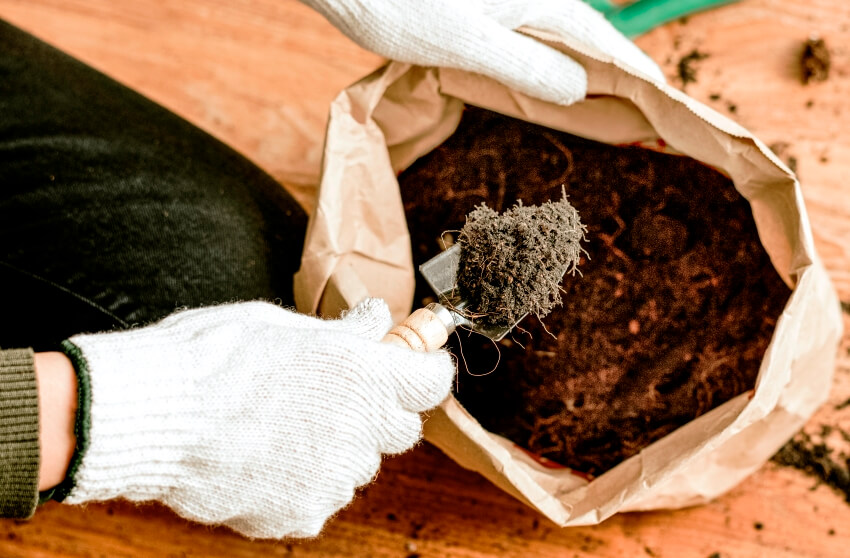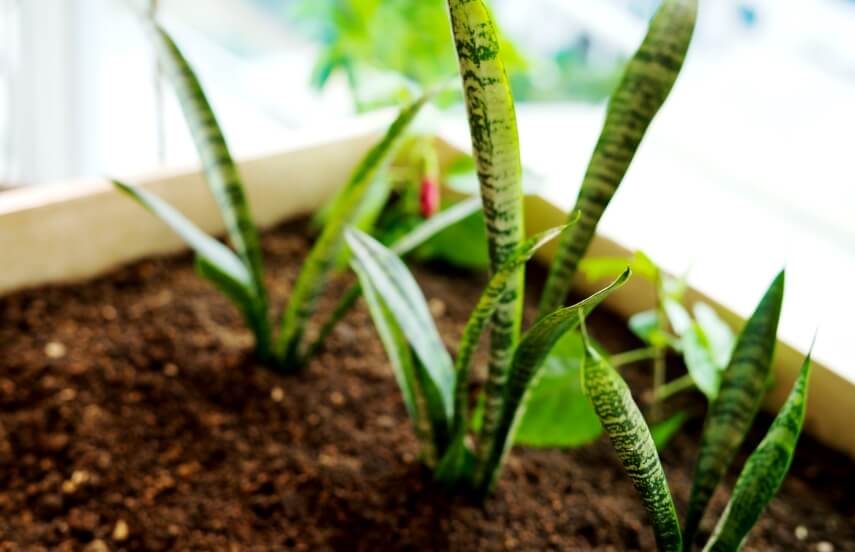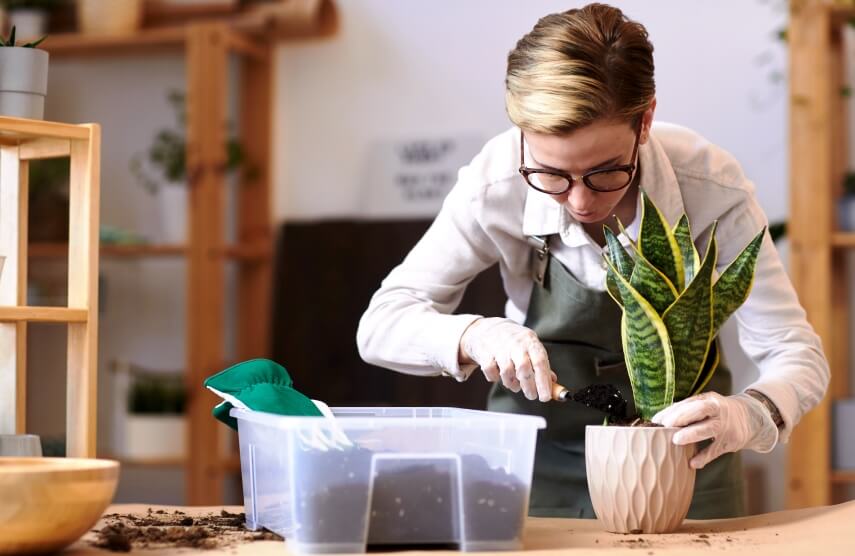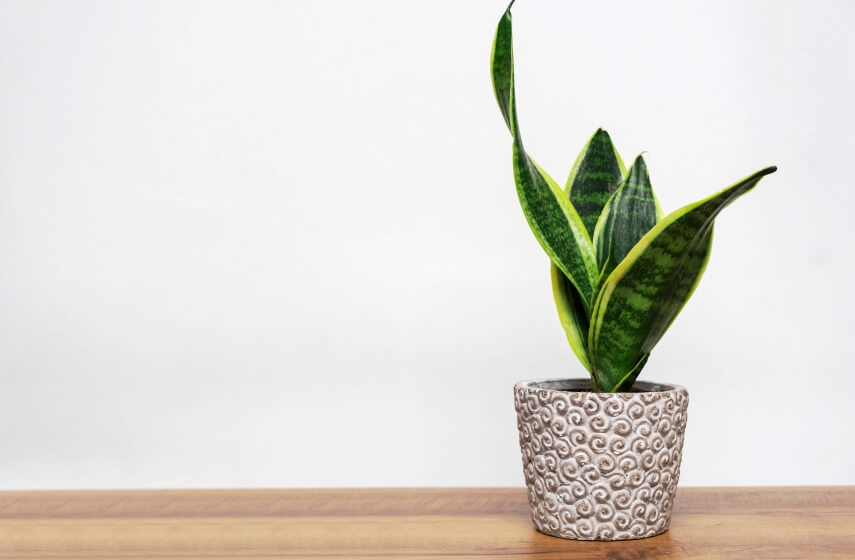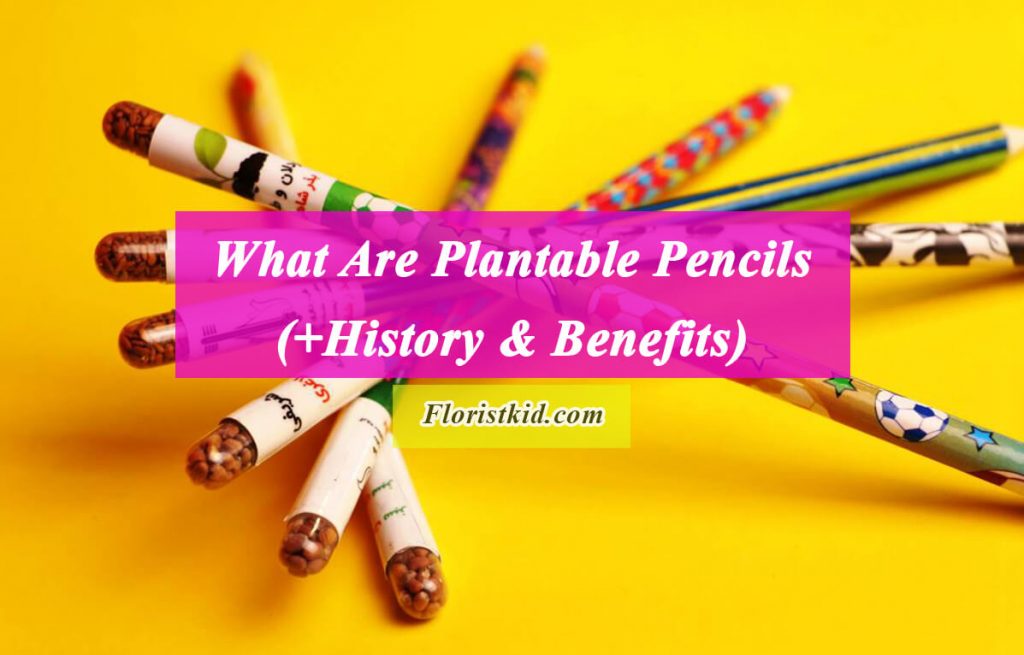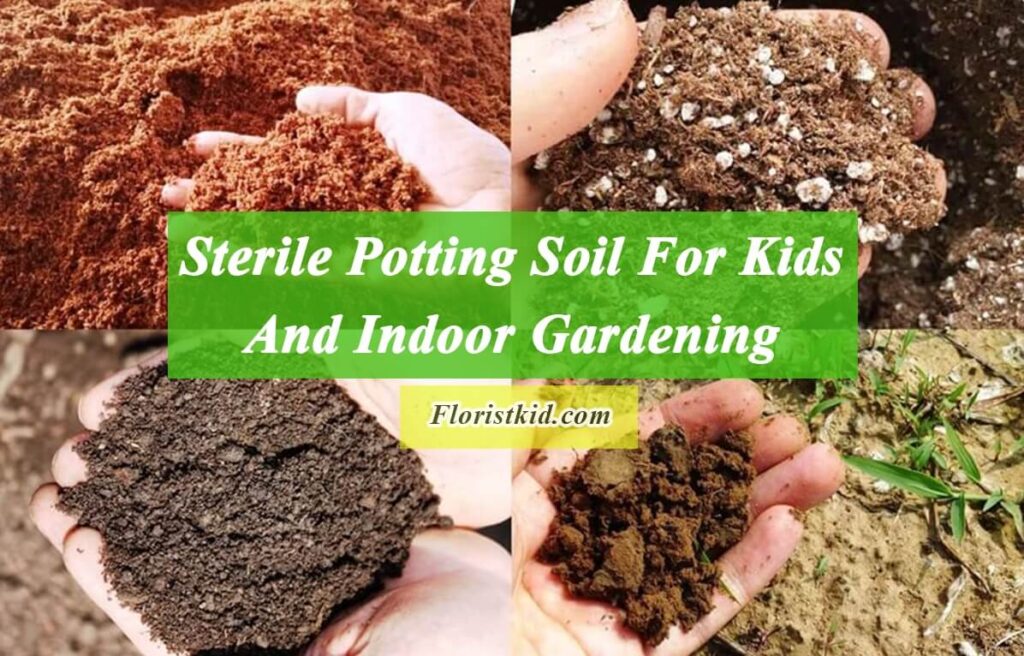The snake plant, Sansevieria, or mother-in-law’s tongue, is one of the most common houseplants. The benefits of snake plants are numerous; they are hard to kill, produce oxygen at night, and purify the air. However, this plant has its own weaknesses and, if not taken care of properly, it may be harmed. Choosing the correct soil for the snake plant is one of the most crucial elements to consider when keeping this plant indoors. The best soil for snake plants is one that keeps them healthy and encourages them to grow quickly.
This post will cover the characteristics that must be considered while preparing a soil mix for snake plants. Three snake plant soil recipes will also be discussed.
If you are interested in this topic , you can also read
<<Best soil for microgreens>> and <<Best soil for indoor plants>>articles.
Features of an ideal soil for snake plants
Since the mother-in-law’s tongue is prone to overwatering and root rot, having the right soil mixture is essential for its health. Your snake plant may not benefit from a typical bag of garden soil; the best choice is thus to purchase or make your own optimal soil mix.
Before discussing the best soil for snake plants, it is a good idea to review the factors influencing soil mix selection. Here are some characteristics to look for in snake plant soil mix:
drainage
When choosing soil for Sansevieria, drainage property is the first and most crucial factor to consider. Snake plants are succulent and belong to the Dracaena family. These plants are usually found in desert climates where there is little rainfall, and the soil is always dry. As a result, it is reasonable to assume that snake plants demand dry, well-drained soil; they will suffer if the soil remains damp.
Soil aeration
Soil aeration is the second crucial component to consider. The plant’s roots need to be able to breathe. If the soil is compacted, the plant’s roots may be harmed and the plant will stop expanding.
Soil nutrients
The nutrients in the soil are the final crucial factor to consider. Every plant requires nutrients to thrive. Snake plants will not be able to grow properly if the soil lacks the nutrients they need.
Suitable soil mix for sansevieria (3 Recipes)
Different soil mixes for mother-in-law’s tongue are available on the market, but for more certainty, it is a good idea to try out different combinations yourself. In the following section, we will go through the various soil mixes recommended for snake plants.
Recipe 1:
Mix three parts perlites (you can also use washed sand instead), one part leaf mold, one part garden soil, one-part sun-dried animal manure or vermicompost, and half a part of charcoal powder.
This mix is an excellent soil for snake plants. The presence of activated carbon in the soil composition facilitates the stability of the substrate and prevents the formation of fungi in the growing medium. The presence of perlite helps the aeration and drainage of the soil mixture. At the same time, it retains enough water for your plant to be able to meet all its needs.
Recipe 2:
Mix one part perlite or coarse sand, one part pine bark fines, one part coco peat, and three parts peat moss.
Pine Bark Fines are made from pine tree bark. They are manufactured to a certain thickness and particle size. The larger particle size improves drainage while retaining a high moisture retention rate.
Recipe 3:
Mix one part leaf mold, one part clay, one part peat moss, three parts sand, one part vermicompost, and half a unit of charcoal powder.
The best soil for snake plants
The third mixture, in our opinion, is the best soil for snake plants. However, the optimal soil mix for your snake plants depends on your condition. All of the recipes listed above are good, but you should pick the one that best suits your needs.
How to make and use a soil mix
To produce the soil mixture, mix all materials in a large container, add water, and properly mix the ingredients to moisten them. Pour a layer of Leca (clay pebbles) at the bottom of the pot to aid water drainage, then pour half of the soil mixture over the clay pebbles layer. Place the mother-in-law’s tongue root in the container and fill in the gaps.
When to repot snake plant?
When the plant wakes up, in late winter or early spring, it is the best time to repot the mother-in-law’s tongue plant. To avoid the spread of fungal diseases, sterilize the Sansevieria soil once it has been replaced. To irrigate your snake plant, attempt to remove excess water from the saucer and water it again when the soil in the pot dries completely.
Snake plant pot selection
Consider the type of pot you use for your snake plant. A plastic pot will retain more water and prevent it from evaporating. As a result, snake plants should not be grown in plastic pots.
If you use plastic pots for your snake plants, you might try repotting them into a more suitable container. A terracotta pot is a wonderful choice for pots because it allows water to evaporate through its walls, which aids in water drainage. Also, ensure your container has enough drainage holes to drain excess water.
Conclusion
The snake plant thrives in nutrient-rich soil with good drainage. This article covered the factors affecting snake plant soil mix and potting soil recipes. All of these soil mixtures are suitable for snake plants. However, based on our experience, the third recipe may deliver the best soil for snake plants. In addition to selecting suitable soil, we must also pay attention to proper pot selection.


